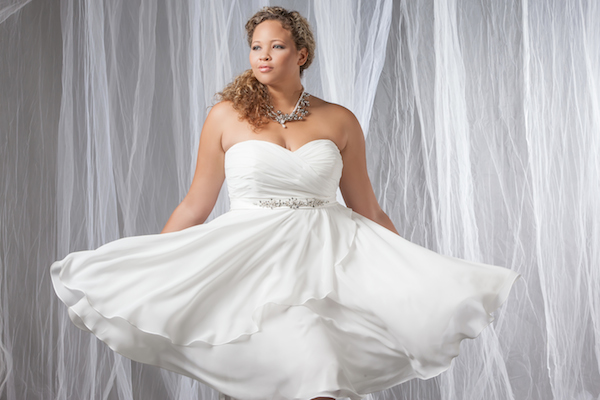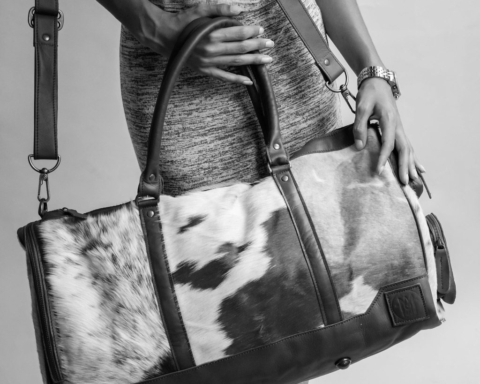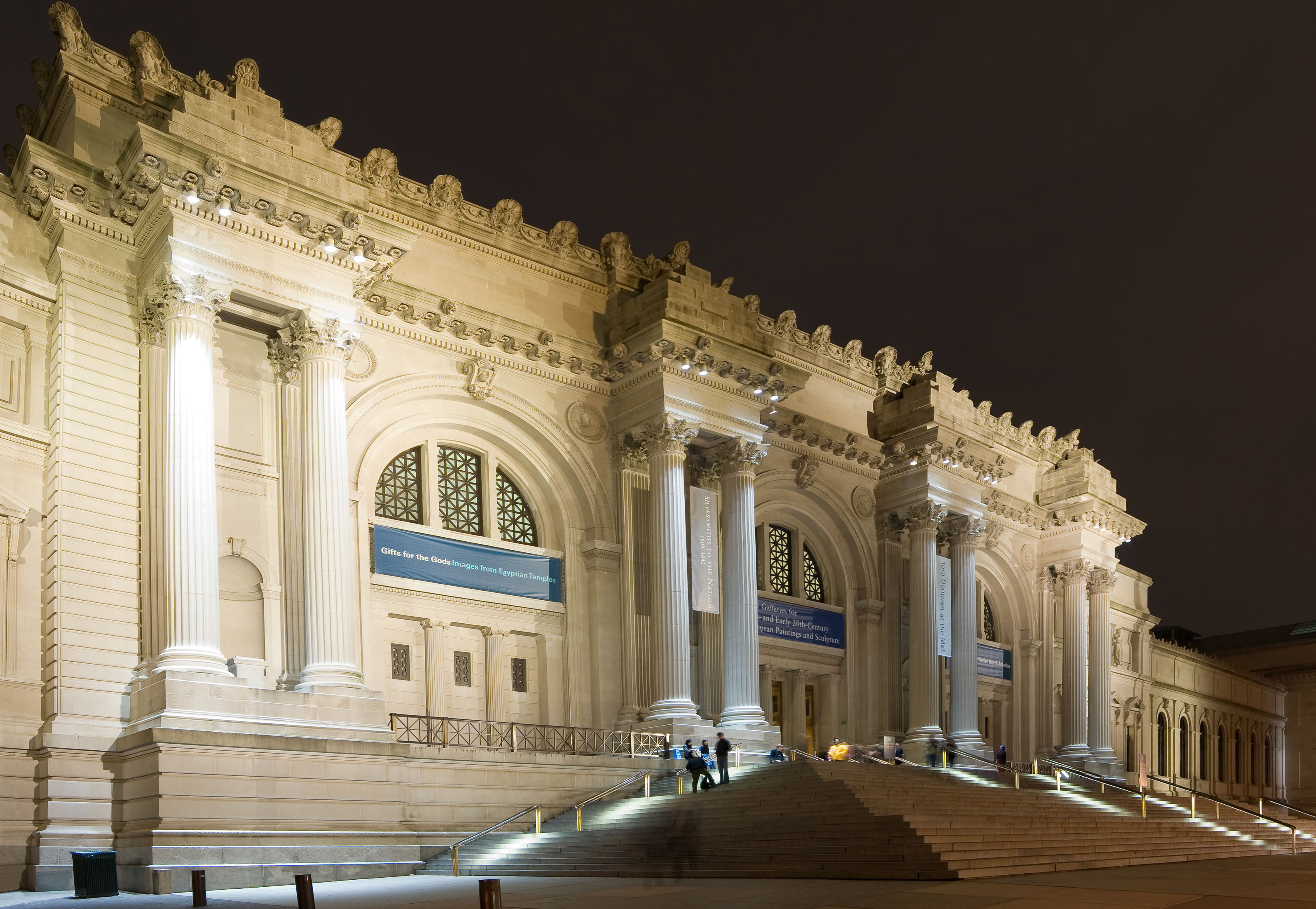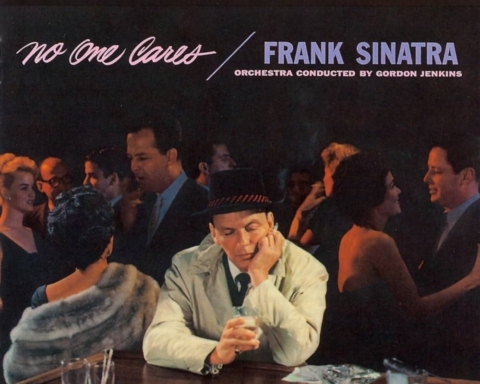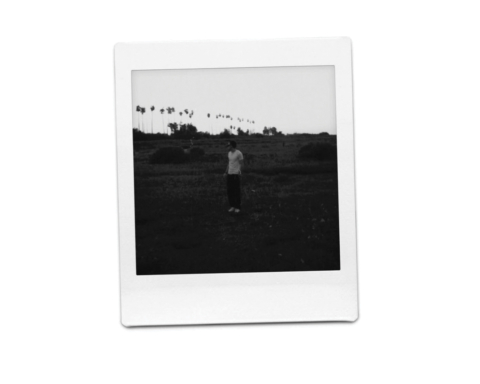By Lauren Zazzara
Features Assignment Editor
Fashion, more specifically fashion advertising, is becoming real.
In the past, it seemed that size 2 models and celebrities were the only ones worthy of endorsing a brand’s clothes. Ads featured heavily photoshopped famous people in beautiful locations. Of course, most ads are still created in this unrealistic way.
Sample sizes that models wear are generally a size 2 or 4, much smaller than the average U.S. woman’s size 12 or 14, according WebMD.
However, several companies have begun using people who are not models, helping to banish the belief that you have to be a professional model fitting a sample size to look good in clothes.
For example, the brand Free People, known for its bohemian vibe, has created an app similar to Instagram where users can post pictures of themselves wearing the brand’s products. The user tags the different products in the picture, and then that image shows up on the website under that product’s page. In addition, Free People often features particularly inspiring photos from users on their social media.
Modcloth, an online indie fashion store, is creating a swimsuit ad using unphotoshopped Modcloth employees, without discriminating based on size, according to Bustle, a fashion, beauty, lifestyle and entertainment website.
Showing average-size women in swimsuits can help get rid of the idea that women need to spend the winter getting a “bikini body” and feeling self-conscious if they don’t succeed.
The label Diesel came out with a campaign featuring models found on Tumblr, one of whom was in a wheelchair, according to Elle magazine.
The design house DKNY used women who aren’t professional models of different ethnicities and sizes for its fall runway show, Elle magazine said.
Using people of diverse body types in ads gives audiences a more realistic ideal, one that is achievable and inspiring rather than degrading and impossible.
Plus-size models are also becoming increasingly accepted into ad campaigns.
For example, Sports Illustrated, for the first time, featured model, Robyn Lawley, who is larger than sample size, in its 2015 swimsuit issue, according to New York Magazine.
Calvin Klein used a size-10 model for an underwear ad, sparking debate because size 10 at a height of 5″11 is plus size in the fashion world but a healthy size in the real world, according to The Guardian newspaper.
The debates over Klein’s ad bring up an important fault in the fashion industry. Calling healthy models “plus-size” gives women the idea that if they are at a normal BMI, they are overweight.
The fashion world is making strides towards being more inclusive in whom it chooses to represent its designs and brands. Maybe this is because of backlash from the public over the use of too-skinny models and lack of diversity. Or maybe fashion is becoming more open-minded. Either way, it is refreshing and exciting.

